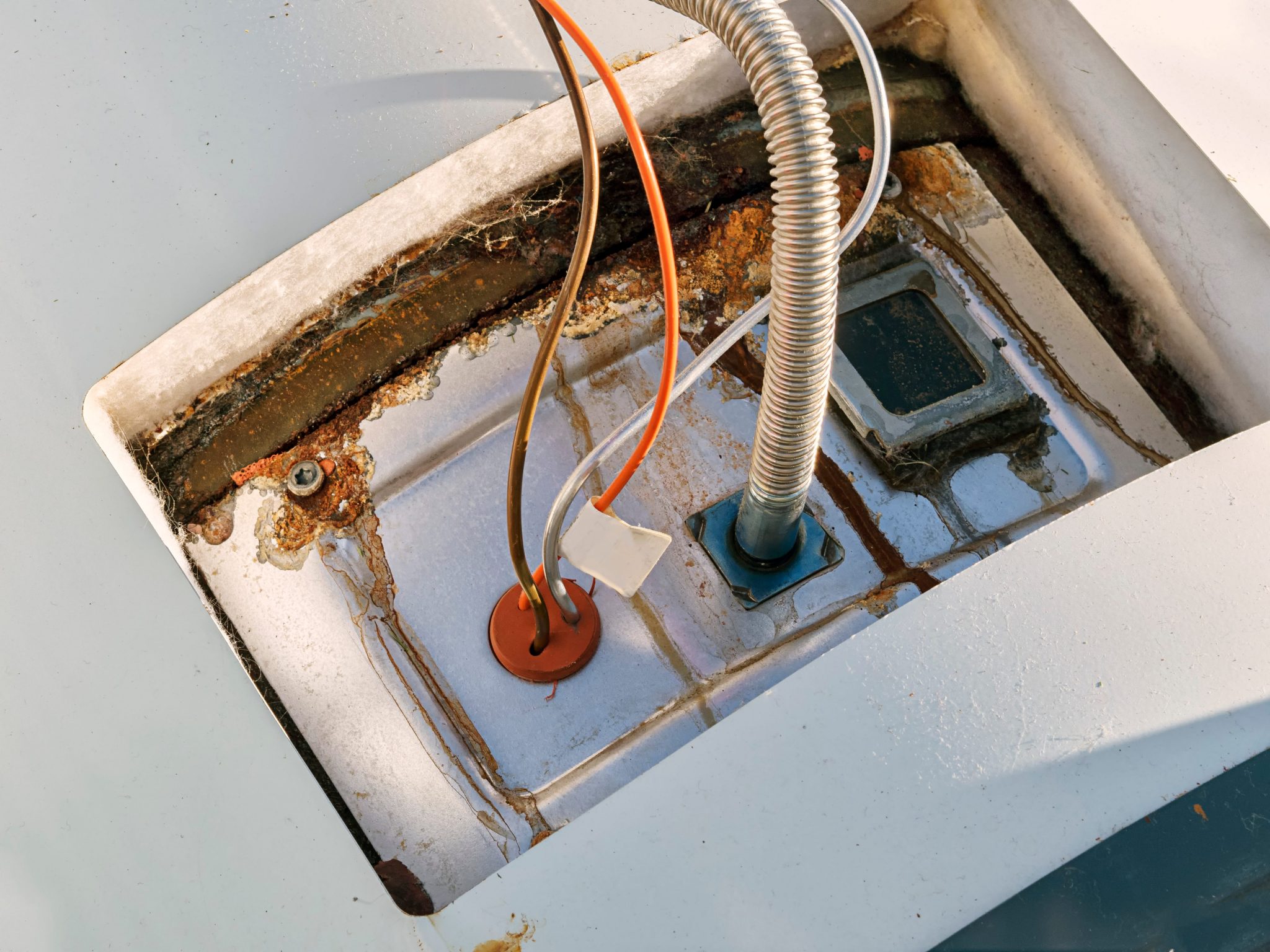
Visible rust or cracks can mean it’s time for water heater repairs or replacement. If you can’t get your water hot enough or if you’re experiencing inconsistent temperatures, this could mean it’s time to replace your unit. If there is an issue with your gas burner or an electric coil, or if you have a sediment buildup, this can cause your water heater to stop reliably producing hot water. A Change in Water TemperatureĪnother thing you may notice when your water heater is failing is a change in your water temperature. Once your water is contaminated, you’ll likely soon need replacement. For example, it may contain sandy or rusty debris. If your water heater is failing, you may notice dirty water. However, if the sediment has already hardened, you’ll need to look at replacement before cracks and leaks ensue.
#Average age of water heater failure professional
You can prevent a sediment buildup by having a professional plumber drain your tank at least once a year. When this happens, your heater has to work harder to produce the same amount of hot water, and this can inflate your bills. For example, popping or cracking noises can mean there’s sediment at the bottom of your tank that has hardened. If you’re noticing unfamiliar noises coming from your water heater, it could mean it’s headed for failure. Some signs it’s time to replace your water heater include: Strange Noises For example, a 30-year-old water heater certainly needs to be replaced, but a younger one with a minor problem may be able to get by with some simple repairs. Sometimes, you’ll just need repairs, but serious issues call for replacement. You are more likely to experience failure if your unit is older, but there are many other signs. There are a lot of things you may notice when your water heater heads towards failure. However, waiting until this happens could spell disaster for your home, which is why you should consider a preemptive replacement. A 15-year-old water heater may need replacement if it has a tank, but a tankless one should function well for several more years.įrom old age to a buildup of sediment, there are many reasons either of these water heaters may fail. Tankless options boast a longer service life than their traditional counterparts and generally require less maintenance. Tankless water heaters use a gas burner or electric coils to generate the hot water. These produce hot water almost instantly by heating it on-demand. Tankless water heaters are a more modern option. This water is heated throughout the day so people can have hot water when they need it. Traditional water heaters feature a large tank of standing water. Water heaters typically come in two varieties. When researching water heaters, you may have questions like “How long should a 50-gallon water heater last?” But in truth, lifespan is more about the type of water heater you have than the size. If you have an old model or one that’s malfunctioning, you may want to consider preemptive water heater replacement to save yourself time, money, and hassle. Traditional water heaters with standing water tanks can last around 10 to 15 years before you notice signs of age. Tankless water heaters typically have a lifespan of 20 years or more. If your unit is still under warranty, you may contact the installer to find out if the problem is covered under warranty to save you money.Do you have an aging water heater? Maybe you’ve noticed some signs that it’s no longer functioning like it used to. Inside, you will find a comprehensive troubleshooting guide that will cover model-specific issues and offer suggestions to get the system working again. Each Kenmore water heater comes with an owner’s manual. If you are having issues with your water heater, if the water isn’t hot or the pilot light won’t stay lit, for example, check your owner’s manual. Once full, restore power or relight pilot lights to re-enable the water heater to an operational state.

Then close the valve, remove the hose and open the cold water inlet to refill the tank. You want to drain about 2/3rd of the full volume of the tank. Route the hose to a drain or outside the home and then use the screwdriver to open the valve.

Next, close the cold water inlet valve and then connect the garden hose to the drain valve. T o flush the water heater tank, you only need a flat head screwdriver and a garden hose.įirst, turn off the power and gas supply to the tank. To combat this issue, you need to flush the tank twice a year. The biggest thing to worry about is sediment deposits. However, water heaters offer low maintenance, and the replacement parts (see below) are DIY-friendly. Maintenance for water heaters is something often neglected, even by the most diligent homeowners.


 0 kommentar(er)
0 kommentar(er)
